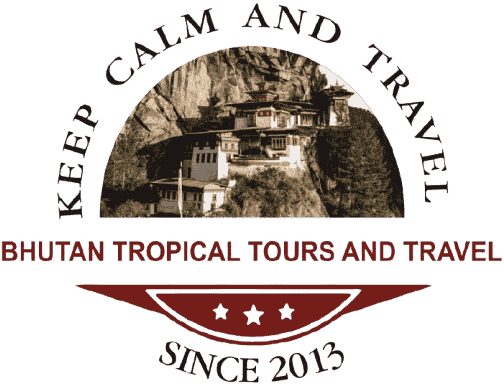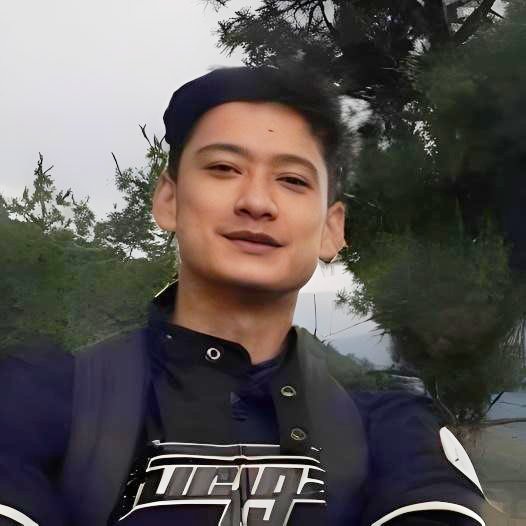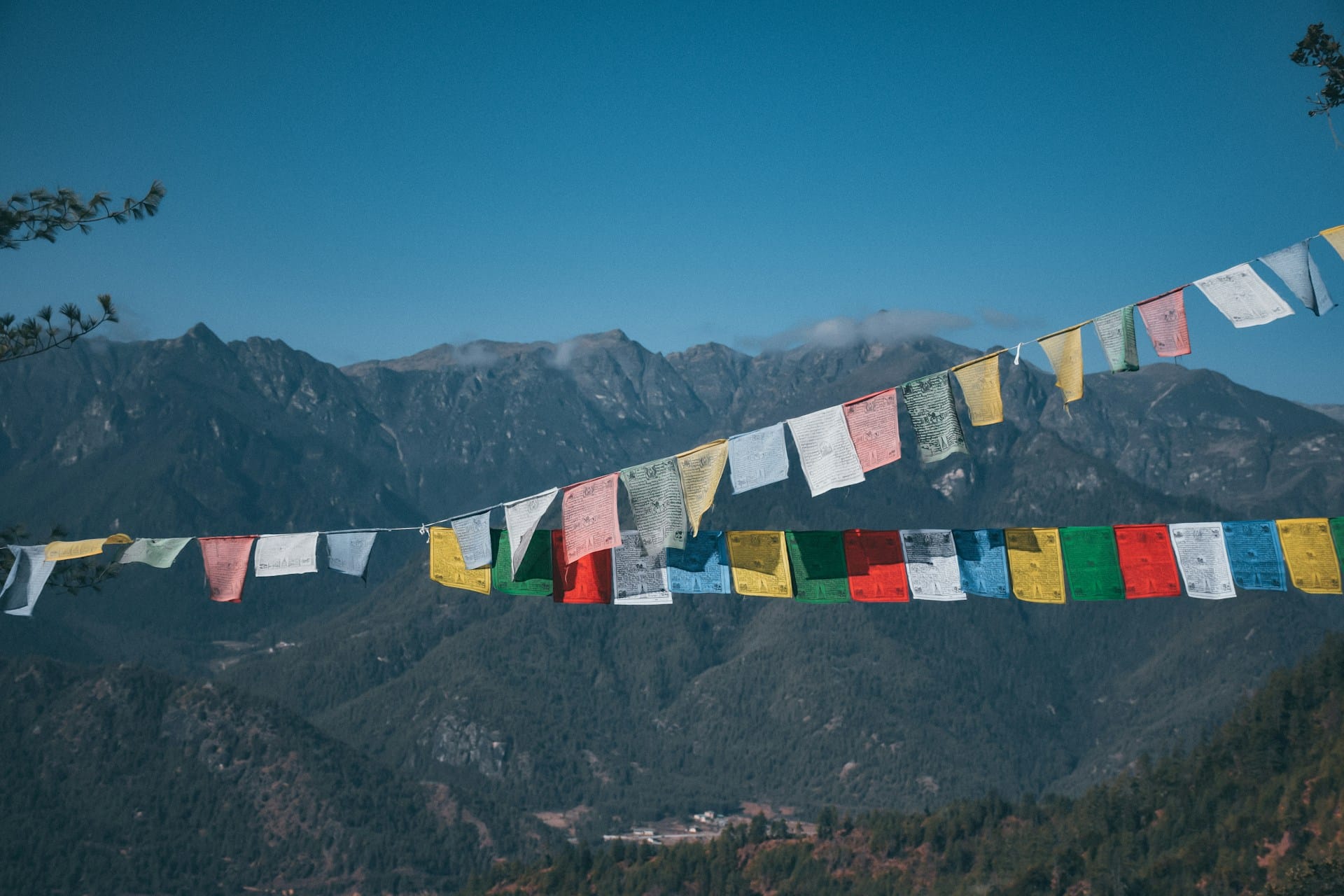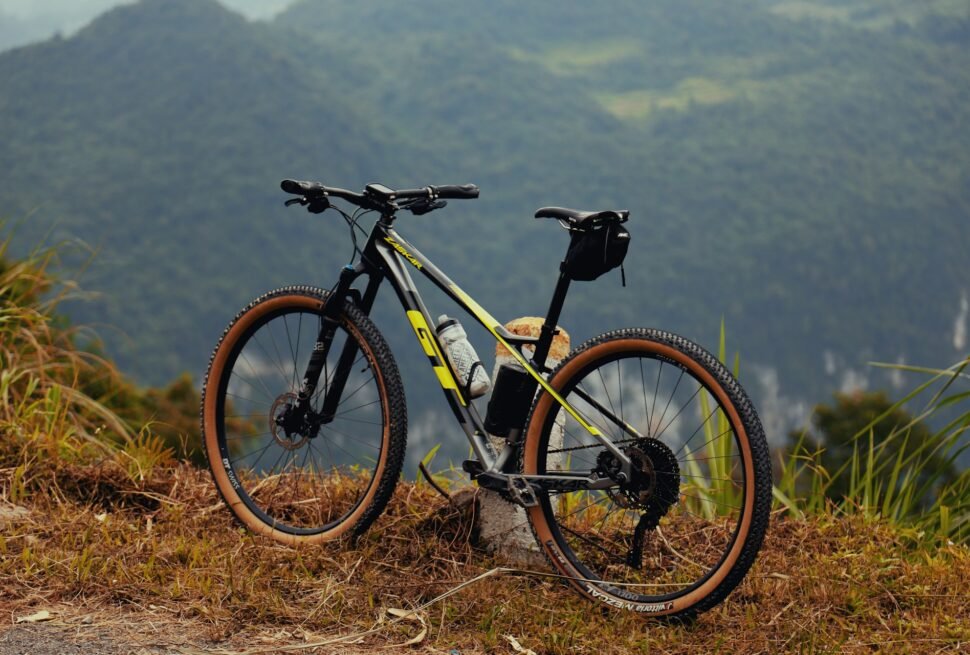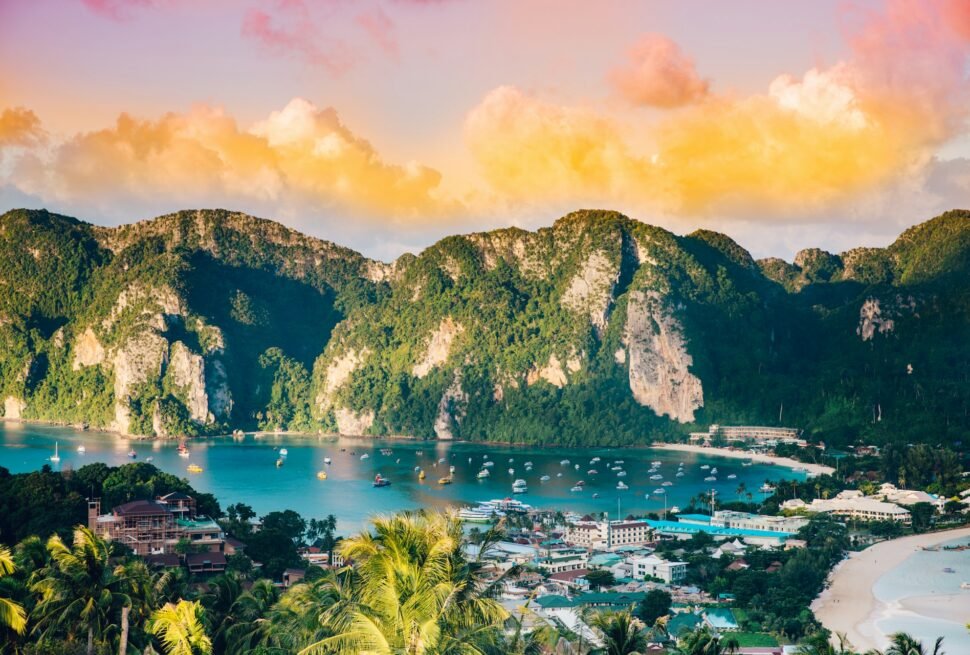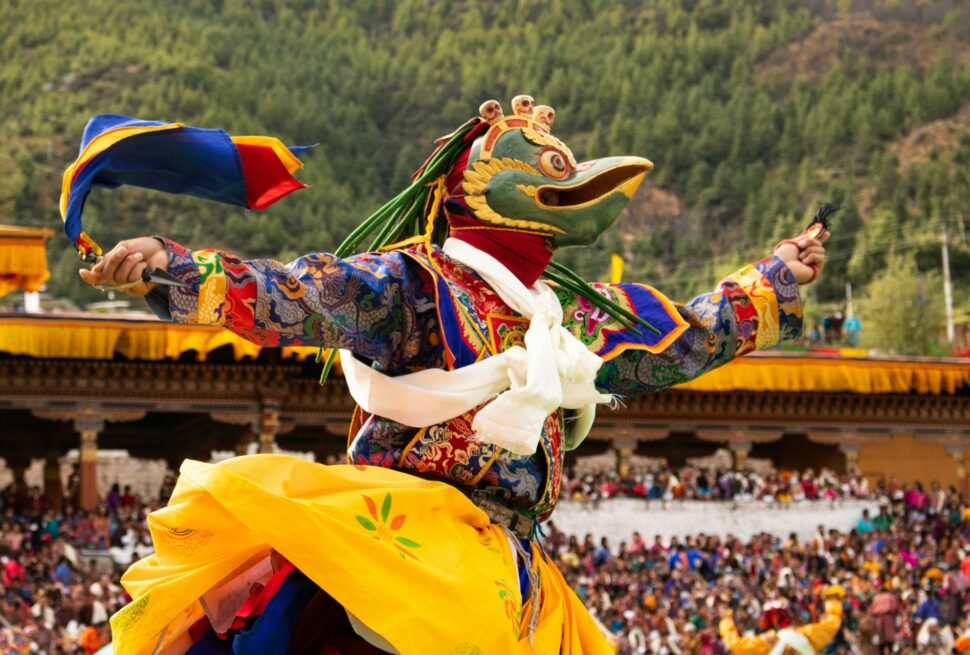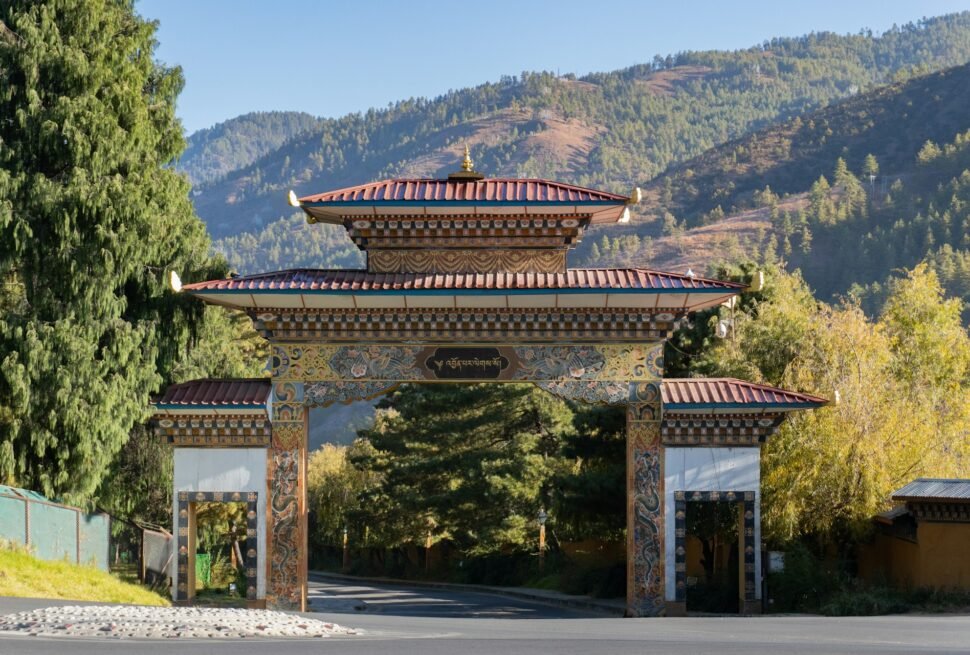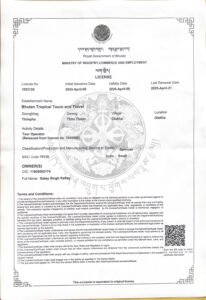Bhutan is not just a destination—it’s a journey through ancient forests, snow-capped peaks, and sacred trails where the silence of the mountains speaks louder than words. For hikers and trekkers seeking something beyond the ordinary, Bhutan offers some of the most rewarding and mystical trekking experiences in the Himalayas.
Whether you’re a seasoned trekker or a curious traveler with a love for nature and solitude, Bhutan’s trails promise not only physical adventure but a deep connection to its spiritual and cultural heritage.
Why Trekking in Bhutan Is Different
Unlike many popular trekking destinations, Bhutan limits the number of foreign tourists and places a strong emphasis on sustainability and preservation. That means you won’t find crowded trails or over-commercialized base camps. Instead, you’ll walk ancient footpaths used by yak herders, monks, and pilgrims, often accompanied by experienced local guides, cooks, and pack animals.
Every trek is fully supported and thoughtfully planned to ensure your safety, comfort, and immersion into Bhutanese culture and landscape.
Top Treks in Bhutan
1. Druk Path Trek (5–6 Days)
- Level: Moderate
- Best Time: March–June, September–November
- Highlights: Alpine lakes, pine forests, and views of Mt. Jomolhari
- This is Bhutan’s most popular short trek, connecting Paro to Thimphu. It passes through yak pastures, ancient temples, and offers stunning views without requiring extreme altitude acclimatization.
2. Jomolhari Trek (7–9 Days)
- Level: Moderate to Difficult
- Max Altitude: ~4,930m (Nyile La Pass)
- Highlights: Mt. Jomolhari Base Camp, remote villages, blue sheep sightings
- Ideal for trekkers looking for a mid-length trek with dramatic mountain scenery. The trail follows the Paro Chu river upstream to the base of Bhutan’s sacred peak.
3. Snowman Trek (25+ Days)
- Level: Extreme
- Max Altitude: 5,320m
- Highlights: Crosses 11 high passes, untouched villages, unmatched remoteness
- Considered one of the toughest treks in the world, the Snowman Trek is for seasoned trekkers seeking the ultimate Himalayan challenge. It winds through Bhutan’s most isolated and pristine areas.
4. Dagala Thousand Lakes Trek (5–6 Days)
- Level: Moderate
- Highlights: High-altitude lakes, trout fishing, panoramic views of Himalayan giants
- This lesser-known trek is peaceful and rewarding, with a chance to witness local herder life and camp beside serene glacial lakes.
What to Pack
- Layered clothing: Weather can change quickly, especially at altitude.
- Sturdy trekking boots: Waterproof and well broken-in.
- Sleeping bag: Good for -10°C to -20°C, depending on your trek.
- Trekking poles, flashlight, and water purifier tablets
- Personal medication and altitude sickness prevention
Note: Tents, cooking equipment, and pack animals are typically provided by your tour operator.
Acclimatization & Health
Altitude sickness is a concern on treks above 3,000 meters. Choose your itinerary wisely, spend extra nights to acclimatize if necessary, and always listen to your body. Your guide will monitor your health throughout the trek and adjust the pace accordingly.
Trekking Permits & Guides
Independent trekking is not permitted in Bhutan. All treks must be arranged through a licensed tour operator, who will handle your visa, permits, and logistics. This system ensures safety and maintains the ecological balance of the region.
Cultural Touchpoints Along the Way
What makes trekking in Bhutan truly unique is how seamlessly nature and culture blend. You’ll come across:
- Remote temples nestled in cliffs
- Prayer flags fluttering on high passes
- Yak herder camps where you’re offered butter tea
- Ancient stories and legends shared around campfires
Every step is not just a hike—it’s a pilgrimage into Bhutan’s living heritage.
When to Go
- Spring (March–May): Clear skies, rhododendron blooms, great for photography.
- Autumn (September–November): Crisp weather and stable conditions.
- Avoid: June to August (monsoon) and January to February (harsh winter on high trails).
Final Thoughts
Trekking in Bhutan is more than a physical journey—it’s a spiritual immersion. The stillness of the mountains, the kindness of local communities, and the profound sense of history that lingers in every valley make this a once-in-a-lifetime experience.
So lace up your boots, pack your curiosity, and walk the ancient paths of the Dragon Kingdom—Bhutan is calling.
